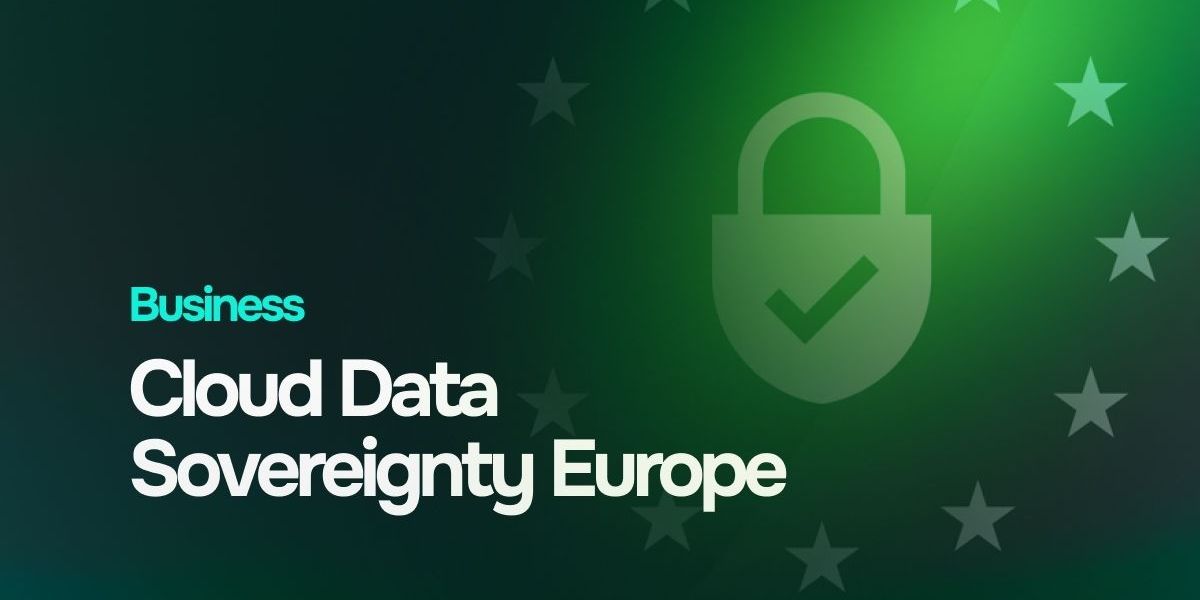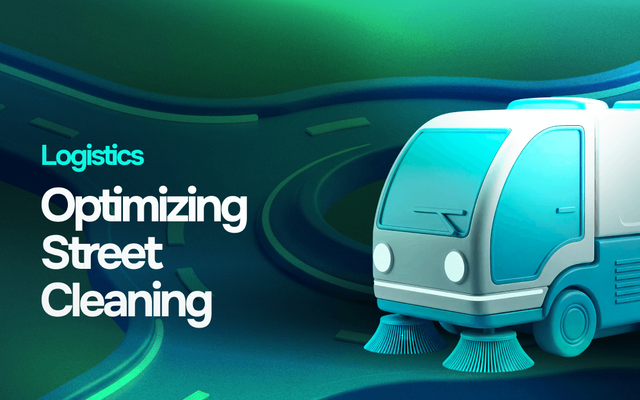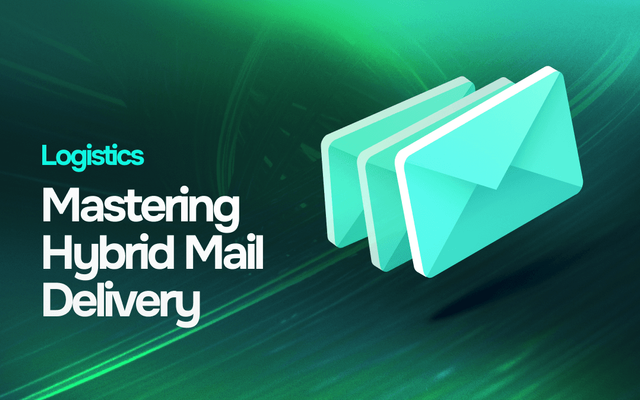
Most European software agencies have moved at least some of their operations to the cloud. Cloud services are convenient, scalable, and often more affordable than running your own servers. But there's something that might keep agency owners up at night: when client data goes into the cloud, it's not just a tech decision. That data becomes potentially subject to laws and regulations from other countries that could directly conflict with European privacy rules.
When using cloud services from big American companies like Amazon, Google, or Microsoft, carefully protected European client data might suddenly become accessible to foreign governments under laws that agencies never agreed to follow. This isn't some distant theoretical problem—it's happening right now, creating real headaches for agencies across Europe.
What Is Cloud Data Sovereignty and Why Does It Matter in Europe?
Think of cloud data sovereignty like this: your digital information should follow the laws of the country where it lives. If you store your data on a server in Germany, it should follow German and EU rules, not the laws of whatever country owns the cloud company.
For European software agencies, this has become way more than just a technical detail. Europe has some of the strictest data protection laws anywhere in the world, and these rules don't just disappear because you're using someone else's servers.
The European Legal Landscape
GDPR changed everything when it arrived in 2018. It didn't just create new rules for protecting data - it said that European citizens' personal information deserves special protection no matter where it goes in the world.
Here's what makes GDPR such a big deal for cloud sovereignty:
It reaches everywhere - GDPR applies to any company that processes EU citizens' data, even if that company is based on the other side of the world.
You can't just send data anywhere - There are strict rules about transferring European data to other countries, and you need proper safeguards in place.
You have to prove you're following the rules - It's not enough to say you're compliant. You need documentation and evidence to back it up.
The penalties are serious - We're talking about fines that can reach 4% of your annual revenue or €20 million, whichever is higher.
Then came the Schrems II ruling from the European Court of Justice, which made things even more complicated. This court decision basically said that many international data transfers, especially to the United States, don't provide good enough protection for European citizens' data. If you're a software agency using American cloud services, this ruling probably made you question whether you're actually compliant.
Why European Agencies Face Unique Challenges
European software agencies face a particularly tricky situation because of how foreign laws can reach across borders. When you use cloud services from companies based in other countries, your data might become subject to those countries' laws, even if the actual data never leaves Europe.
The U.S. CLOUD Act is a perfect example of this mess. This American law allows U.S. authorities to request data from American companies, even if that data is stored completely outside the United States.
So, picture this: you're a European agency using Amazon Web Services or Microsoft Azure. You need to protect your client data under European law, but that same data might be accessible to American authorities under American law. It's a direct conflict with no easy solution.
This creates real problems for agencies that are genuinely trying to do right by their clients while also using the best cloud tools available in the market.

The Growing Complexity of Data Sovereignty in the Cloud
The old days of cloud computing were simpler. You could pick a data center location and know exactly where your information would be stored. Those days are long gone.
Today's cloud world is all about multi-cloud setups, hybrid systems, and services that span multiple countries without you even realizing it. Your data might get processed in Ireland, backed up in Germany, and managed by third-party services in the Netherlands. Each of these stops creates new sovereignty issues that you need to understand and manage.
Data Residency vs Data Sovereignty: Common Misconceptions
Many agencies get confused about this, and it's an expensive mistake to make. Data residency and data sovereignty are completely different things. Data residency is simply about where your data is physically stored. Data sovereignty is about which laws govern that data and who has the right to access it.
Agencies might think they're covered by choosing a European data center, but if the cloud provider is based in another country, that provider might still be subject to foreign laws that could require them to hand over the data.
Here's a concrete example: data stored in a Dublin data center using a cloud service owned by an American company might still be legally accessible under U.S. laws, even though the data never physically left Europe.
The Challenge of Cloud Provider Terms
Most cloud providers use something called a "shared responsibility model" and have terms of service written in legal language that would make your head spin. These agreements often contain crucial details about data governance, but most agencies sign them without really understanding what they're agreeing to.
The shared responsibility model means that while the cloud provider handles the security of their infrastructure, agencies are responsible for securing data within that infrastructure. This includes understanding and managing all the sovereignty aspects of where data goes and who can access it.
What makes this particularly tricky:
Legal language is confusing - Terms of service are written by lawyers for lawyers, not for regular business owners.
Important details are buried - Key sovereignty information might be scattered across multiple documents.
Terms change regularly - Providers update their terms frequently.
Different interpretations - What seems clear might not be what the provider actually means.
Key Data Sovereignty Issues in the Cloud for European Software Agencies
European software agencies deal with several specific problems when it comes to maintaining data sovereignty in the cloud. These issues go way beyond technical stuff and can seriously impact your business operations, client relationships, and bottom line.
Legal Uncertainty and Fragmented Regulations
One of the biggest headaches for European agencies is dealing with different rules across EU countries. While GDPR provides a basic framework that everyone follows, individual countries have added their own requirements that can be quite different from each other.
Here's what makes this so frustrating:
Different interpretations - Each country's data protection authority might interpret GDPR slightly differently, so what's acceptable in one country might not be in another.
Additional national laws - Some countries have extra requirements for specific types of data, like government information or healthcare records.
Constantly changing regulations - New rules keep getting added, and existing ones get updated regularly. It's hard to keep up.
Cross-border complications - If you work with clients in multiple European countries, you might need to comply with several different sets of rules, each with its own specific requirements.
For example, Germany has specific requirements for certain types of data processing that go beyond standard GDPR compliance. France has its own certification requirements for cloud services used by certain industries.
If you're working with clients across multiple European countries, you might need to comply with German rules for some clients, French rules for others, and standard GDPR for everyone else.

Third-Country Transfers and Compliance Risks
Managing data transfers to countries outside Europe is an ongoing nightmare. The European Commission has only approved a limited number of countries as "adequate" for data protection, and even these approvals can change without much warning.
The uncertainty around what's acceptable creates real planning problems. You might invest heavily in a particular cloud setup, only to find that regulatory changes require you to completely restructure how you handle data. And the risk isn't just about fines - non-compliance can seriously damage your client relationships and reputation.
Vendor Lock-In and Loss of Control
Many cloud services create dependencies that make it really hard to maintain control over data sovereignty. Once you've built your systems around a particular cloud provider's services, switching to a different provider or bringing operations back in-house can be extremely expensive and time-consuming.
This vendor lock-in becomes a real problem when sovereignty requirements change. If new regulations require you to use different providers or change how you handle data, being locked into existing systems can create serious business problems. You might find yourself choosing between compliance and practical operations.
Security vs Compliance Trade-offs
Cloud services often provide excellent security features, but using these features might conflict with sovereignty requirements. For example, a cloud provider might offer advanced threat detection that works by analyzing data patterns across their global infrastructure. Using this service could give you better security, but it might also mean your data gets processed in multiple countries.
These trade-offs force agencies to make tough decisions between taking advantage of cutting-edge cloud security tools and maintaining strict control over where and how data gets processed. Sometimes the most secure option isn't the most sovereignty-compliant option.
Innovation Constraints
Data sovereignty issues in cloud deployments can seriously limit your ability to adopt new technologies and services. Many innovative cloud services involve data processing or storage methods that don't work well with strict sovereignty requirements.
This can put European agencies at a competitive disadvantage compared to agencies in regions with more flexible data governance rules. While your competitors might be using the latest AI-powered tools or advanced analytics services, you might be stuck with more basic options that meet sovereignty requirements.

Strategies and Best Practices for European Software Agencies
Despite these challenges, European software agencies can successfully manage data sovereignty in the cloud with the right approach. Here are the strategies that actually work in practice.
Selecting Sovereignty-Focused Cloud Providers
When choosing cloud providers, look beyond just data center locations. Examine the provider's corporate structure, legal obligations, and specific commitments to European data protection.
Key factors to evaluate:
Corporate structure - Providers with European subsidiaries often offer better sovereignty protection
Data processing commitments - Look for clear promises about where and how data will be processed
Transparency reports - Providers that publish government data request reports show a commitment to transparency
European certifications - Check for relevant compliance certifications and frameworks
Exit strategies - Understand how to get your data out if you need to change providers
Microsoft's EU Data Boundary and AWS's European Sovereign Cloud are examples of how major providers are addressing sovereignty concerns. However, marketing promises and actual legal protections are two different things.
Sovereign Cloud Frameworks and Partnerships
The GAIA-X initiative represents Europe's attempt to create a framework for digital sovereignty. While still developing, it's worth monitoring because it could shape the future of European cloud services. GAIA-X aims to create standards that help cloud providers demonstrate compliance with European sovereignty requirements.
Hybrid and On-Premises Alternatives
For highly sensitive workloads, consider hybrid approaches that keep critical data on your own servers while using cloud services for less sensitive operations. This gives you greater control over cloud data sovereignty while still providing access to cloud benefits for appropriate workloads.
Regular Auditing and Documentation
Maintaining sovereignty compliance requires ongoing attention. Implement regular auditing processes and keep detailed documentation of your data flows, processing locations, and sovereignty controls. This helps you spot compliance issues early and provides evidence of your compliance efforts.
Legal Counsel and Expert Guidance
Cloud data sovereignty involves complex legal issues that go beyond technical implementation. Work with legal experts who understand both European data protection law and cloud computing. Getting legal help from the beginning can prevent expensive mistakes and ensure your approach works with current and future requirements.
Building a Sovereign-First Cloud Strategy
Data sovereignty challenges in the cloud are real, but they're manageable with the right approach. European software agencies that plan for sovereignty from day one can successfully use cloud services while protecting client data and staying compliant.
The key is treating sovereignty as a core requirement, not an afterthought. Build sovereignty considerations into your vendor selection, system architecture, and ongoing compliance processes. Stay flexible and informed, as both technology and regulations will continue changing.
Rather than seeing sovereignty requirements as barriers to innovation, view them as opportunities to build more secure and trustworthy practices. Clients increasingly value strong data protection, making sovereignty compliance a competitive advantage.
European software agencies that master cloud sovereignty will be positioned to harness cloud computing's benefits while maintaining the trust that comes from responsible data handling. In today's complex digital world, this balance between innovation and protection is what separates successful agencies from the rest.







